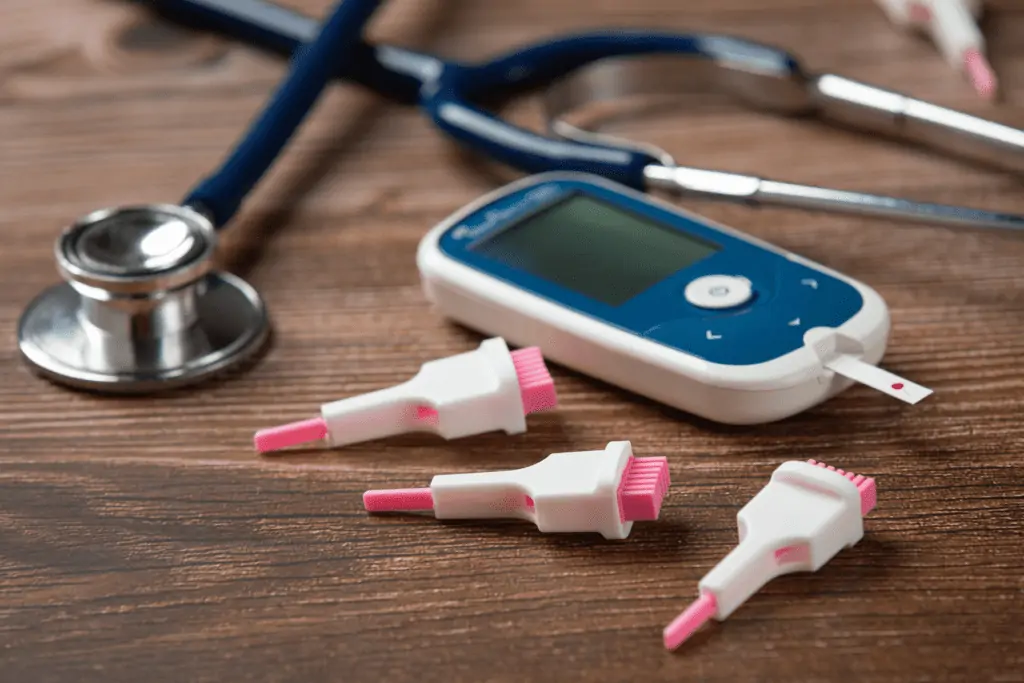When most people think of lung diseases, the first thing that comes to mind is lung cancer. However, there are many other types of pulmonary diseases that can affect the lungs.
In this post, we will look at five of the most common types of pulmonary diseases. We will discuss the symptoms, treatment options, and prognosis for each disease.
Identifying Pulmonary Diseases
Pulmonary disease is a large category of diseases that affect the lungs. The lungs are part of the respiratory system. They help to remove wastes from the body and produce carbon dioxide.
Pulmonary disease can be caused by either infection or exposure to irritants in the air we breathe. Moreover, it is one of the most common medical conditions affecting adults in the United States. According to statistics from the Centers for Disease Control and Prevention (CDC), approximately 20 million Americans have some type of pulmonary disease.
There are many types of pulmonary disease, and they can affect the lungs in many different ways. Symptoms may include coughing, chest pain, shortness of breath, fever, or weight loss.
The five most common types of pulmonary diseases include:
Pneumonia
Pneumonia is an infection of the lungs that can cause chest pain, fever, and other signs and symptoms.
Moreover, pneumonia can be caused by viruses or bacteria, but it’s more common in people who have chronic lung disease (such as emphysema or COPD) or other health problems. The condition can develop quickly or may take several days to develop after you’ve been exposed to a virus or bacteria.
Pneumonia is a leading cause of child death worldwide. It’s most common in older adults and young children.
Symptoms
The signs and symptoms of pneumonia include:
- Coughing or difficulty breathing (especially when lying down)
- Chest pain or discomfort that worsens when you breathe deeply or cough
- Fever (usually high) with shivering, sweating, chills, and/or weakness
- Mild shortness of breath that worsens over time
Treatment
Treatment for pneumonia depends on the cause, how bad the infection is, and whether you have other conditions that put you at risk. In some cases, your doctor may recommend antibiotics or antiviral medications to treat your infection. Treatment also includes rest, fluids, and medicine to relieve coughing or pain.
Bronchitis
Bronchitis is a common respiratory disease that causes inflammation of the lining of the bronchi (the tubes connecting the trachea to the lungs). The bronchial tubes in your lungs are lined with tiny hairs called cilia. When these hairs become damaged, they can’t move properly, which leads to an accumulation of mucus in your lungs.
Bronchitis is often caused by a viral infection or exposure to irritants like cigarette smoke or air pollution. The condition usually lasts about a week and often goes away without treatment. But if you have severe symptoms or complications, you may need antibiotics or other medications.
Symptoms
The main symptom of bronchitis is a cough that won’t go away after two weeks. Other symptoms include:
- Trouble breathing or shortness of breath
- Excessive phlegm production (sputum)
- Fever and chills
- Chest tightness, pain, or discomfort when breathing in deeply
- Wheezing or whistling sound when you breathe out (called stridor)
Treatment
Treatment for bronchitis depends on the severity of your symptoms. Mild cases may not require treatment at all. If you have a more severe case, your doctor may recommend:
- Antibiotics to treat or prevent bacterial infections
- Cough medicine (antitussives) to ease coughing
- Medications to thin mucus and make it easier to cough up
Chronic Obstructive Pulmonary Disease (COPD)
Chronic obstructive pulmonary disease (COPD) is a progressive lung disease that makes it hard to breathe. It causes airflow limitations that worsen over time and are not fully reversible.
COPD is most commonly caused by smoking cigarettes. It can also be caused by breathing in certain chemicals or pollutants, such as asbestos and coal dust. It can also be caused by an inherited condition called alpha-1 antitrypsin deficiency.
COPD is different from other lung diseases because it worsens over time and doesn’t improve with treatment.
Symptoms
Symptoms of COPD include:
- Shortness of breath with activity
- A productive cough that lasts for more than three weeks
- Wheezing or whistling sound when breathing
- Chest tightness or pain
Treatment
COPD treatment is based on the symptoms and severity of the disease. There are treatments available for mild cases of COPD and more serious cases of COPD treatment.
Medications are available to help with symptoms, but they won’t cure the disease. The goal of COPD treatment is to improve lung function and reduce symptoms. This can help you live longer and feel better every day.
Moreover, breathing exercises and physical therapy can also be helpful. A lung transplant may also be an option for people with severe COPD who have not responded to other treatments.
Asthma
Asthma is a chronic lung disease that inflames and narrows the airways. It can be managed with medications and lifestyle changes, but it’s not curable.
Asthma can be caused by a variety of things, including allergies and infections. It can also be triggered by exercise or exposure to cold air.
Symptoms
The most common symptoms of asthma are:
- Shortness of breath (also called dyspnea) or wheezing
- Coughing, especially at night or early in the morning
- Chest tightness or pain
Treatment
Treatment of asthma typically involves using medications that relax the muscles around the airways, making them wider so you can breathe easier. Examples of these medications include albuterol, fluticasone, and salmeterol.
In some cases, doctors may also recommend a steroid inhaler or nebulizer to help open up your airways. If you have asthma, it’s important to use your medications correctly. And, always follow your doctor’s instructions.
Bronchiectasis
Bronchiectasis is a chronic lung condition in which the airways in the lung become enlarged and inflamed. This can lead to permanent damage to the airways.
The most common cause of bronchiectasis is a bacterial infection. However, it can also be caused by viruses or environmental factors. Moreover, having cystic fibrosis increases your risk of developing bronchiectasis.
Symptoms
People with bronchiectasis have symptoms similar to asthma, but they’re not caused by a reaction to an inhaled substance. The most common symptoms are:
- Coughing up mucus (phlegm) from the lungs.
- Wheezing caused by narrowed airways in your lungs.
- Shortness of breath during exercise or other activities that would normally not cause this problem.
- Fever, particularly at night.
Treatment
Treatment aims to control the symptoms and prevent further lung damage. The doctor may recommend you take certain medications, such as bronchodilators and antibiotics.
If you have bronchiectasis, you’ll also need to perform breathing exercises. You may also be asked to change your diet to help keep your lungs clear of mucus. In some cases, surgery may be necessary.
Bottom Line
While some types of pulmonary diseases are more common than others, they are all very serious. People should be aware of these diseases and seek medical attention if they notice symptoms. Some of these diseases can be treated if caught early on, but others can’t.
As such, it is important to respect your body and its needs. If you want to know more about pulmonary diseases, book an appointment with us.


